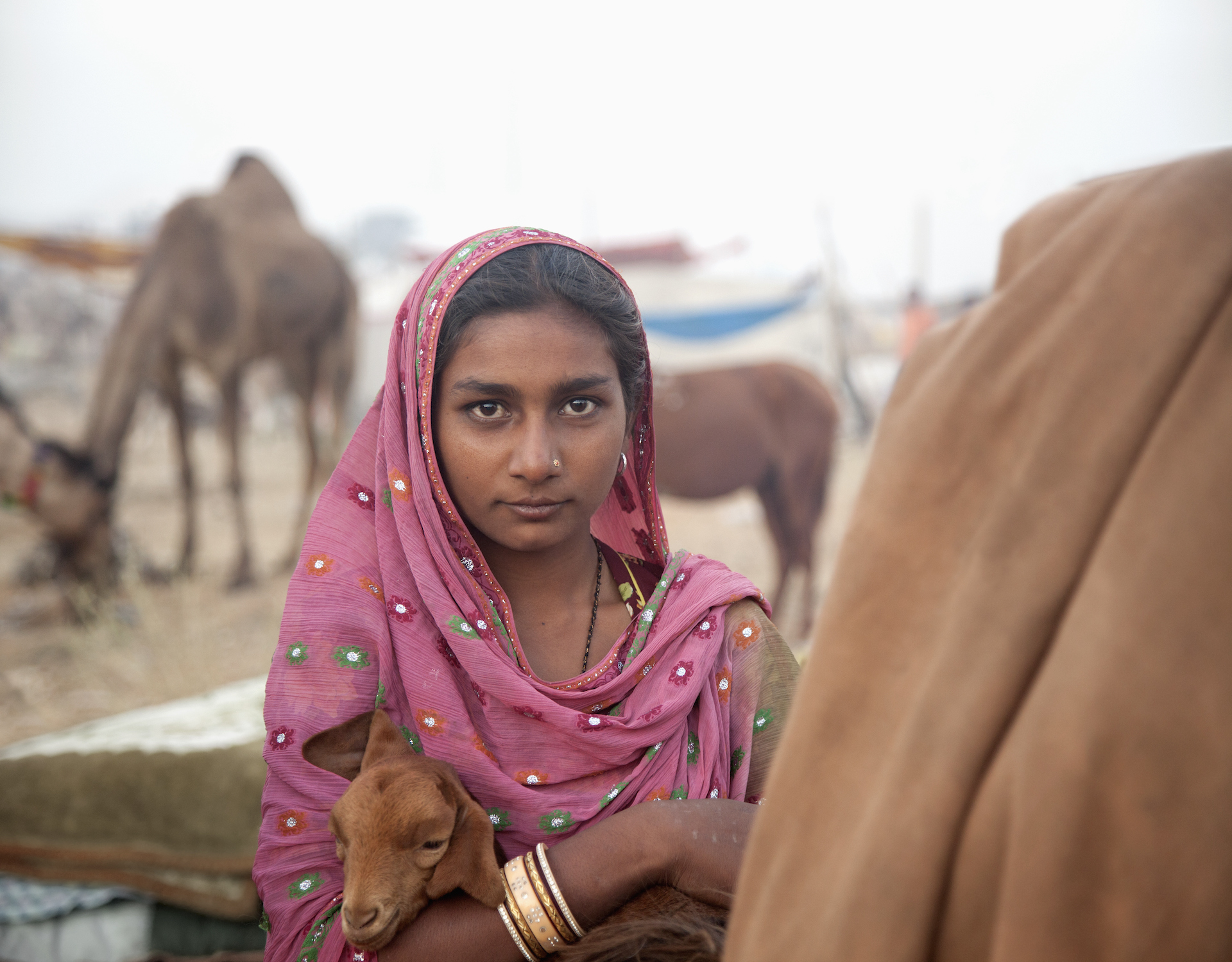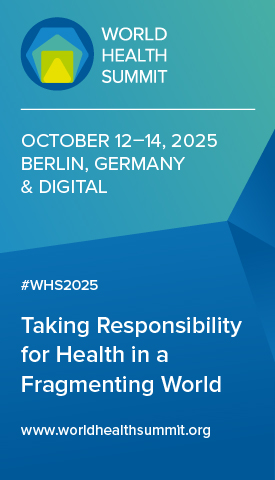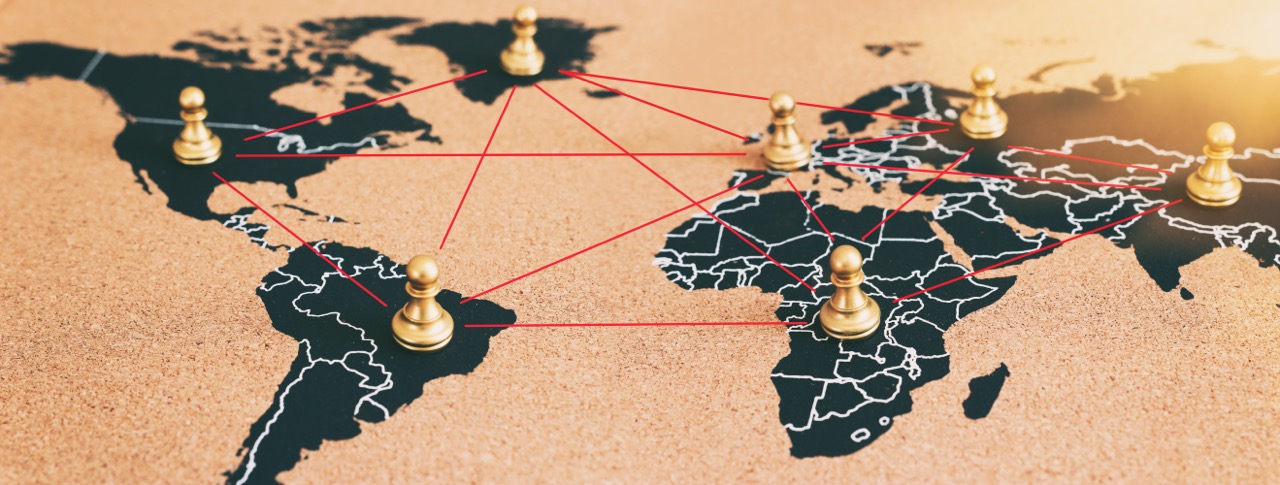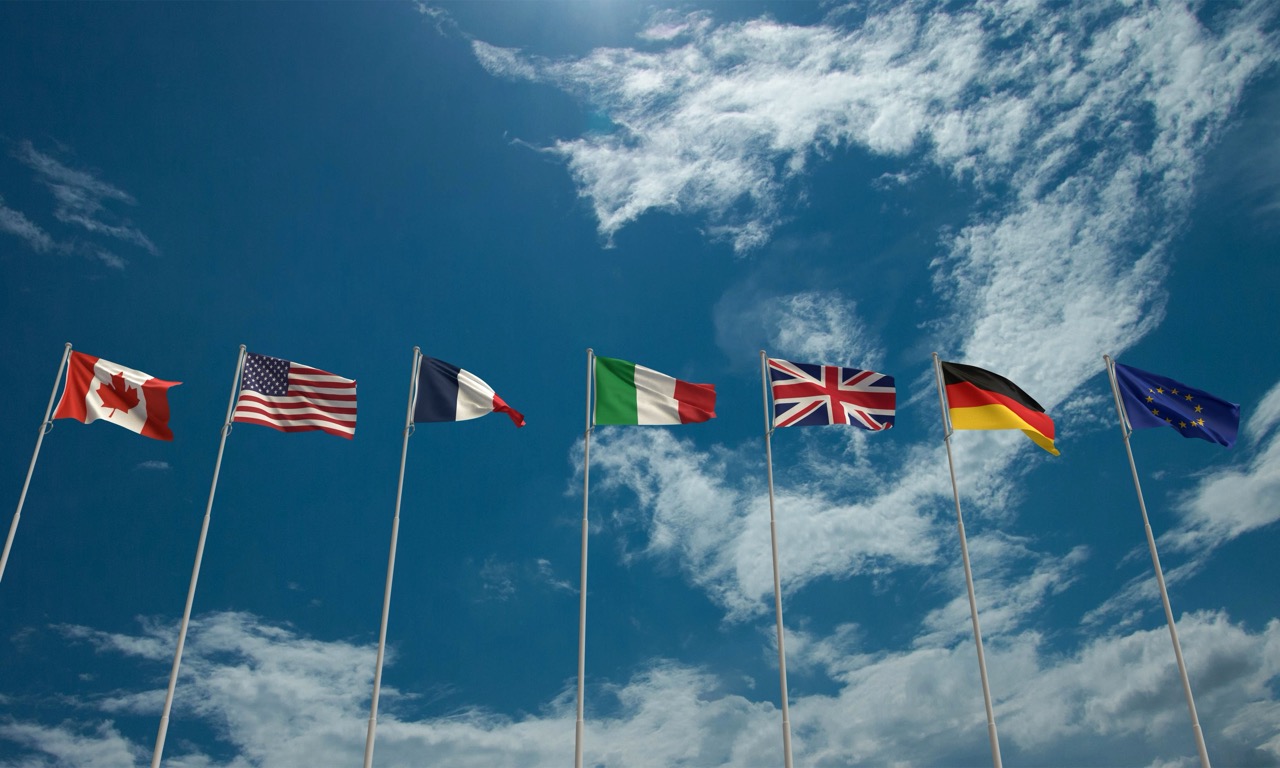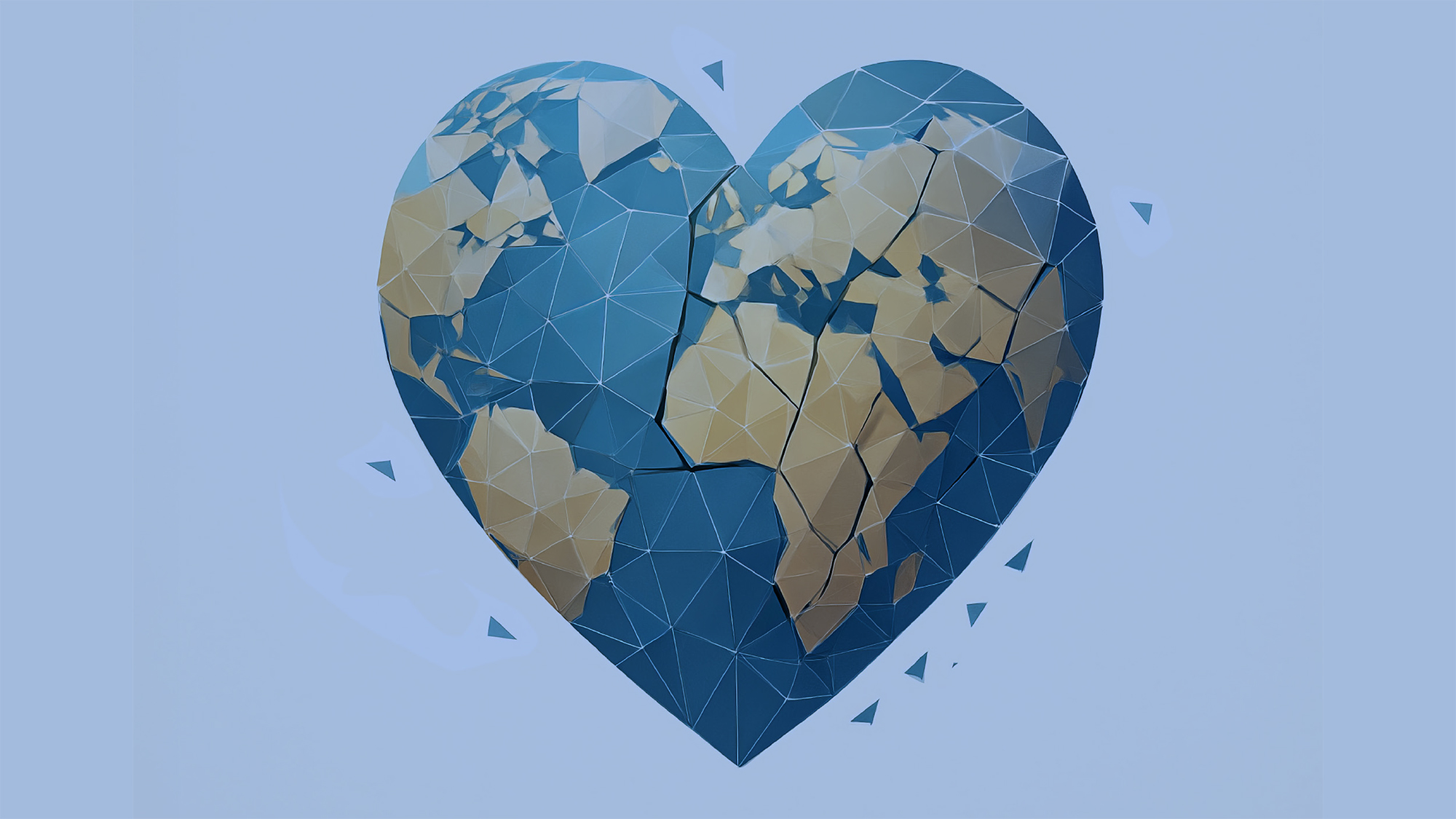ADVOCACY: A wake-up call to elevate women’s health
The Hologic Global Women’s Health Index provides unique, essential data and offers a framework for extending and improving the lives of women worldwide
Women are the cornerstone of families, communities and economies; when their health suffers, so does the health of those around them. Throughout history, and continuing today, women’s health has often been relegated to the back burner of global priorities. Hologic aims to change that with science-backed data generated directly from the voices of women themselves. As the world’s most prosperous nations gather in Bali for the G20 this year, it is clear that we cannot “recover together, recover stronger” unless we put women’s health at the forefront of policy priorities.
The global health architecture — one of the three priority issues for the G20 — must be utilised for a recovery that uplifts all. To truly emerge from the Covid-19 pandemic with a stronger, more resilient and adaptive health infrastructure, we need a strategic framework that makes women’s health an essential driver of progress. This is where the Hologic Global Women’s Health Index comes in.
Hologic creates the annual HGWHI in partnership with analytics leader Gallup. For the newly released second year of data, we surveyed women and girls aged 15 or older across 122 countries and territories throughout 2021. This immense undertaking enables the index to represent 94% of the world’s women and girls.
The HGWHI focuses on five dimensions of health that together explain more than 80% of the variance in women’s life expectancy from birth: preventive care, individual health, emotional health, basic needs, and opinions of health and safety. The new HGWHI data show these key indicators remain stagnant or are even worse in some cases. One of the most shocking headlines was that more than 1.5 billion women were not tested for the deadliest diseases — high blood pressure, cancer, diabetes and sexually transmitted diseases or infections, which together affect billions of women worldwide.
Women need better preventive care
Of the five dimensions of health, women scored lowest on preventive care, and nearly every country had significant room for improvement. This is particularly important as the data show that consistent access to preventive care, via regular visits to a healthcare professional, correlates with up to two years of increased life expectancy. This is regardless of a country’s gross domestic product and provided there are safety nets and infrastructure such as personal safety, food, shelter and other basic needs available to women.
The numbers are staggering. More than two billion women were not screened for any type of cancer, and the same for sexually transmitted diseases and infections. A similar number of women, approximately two billion, were not tested for diabetes. These numbers reflect widespread and formidable barriers to preventive care for women, based on struggles to obtain adequate food and housing, safety threats and cultural norms that hinder access to health services.
Health disparities permeate the system
This year’s findings reveal growing health divides between high-income and low-income countries. From 2020 to 2021, the gap in HGWHI scores between women in high-income and low-income economies nearly doubled to 22 points. In addition to income disparities, gaps are increasing in health areas that are gender based, education level–related and in the important area of emotional health. Inequities are rising at a startling rate, making these matters even more urgent, and so the time has come to convene for improvements.
Women are also alerting the world that they do not feel safe in their communities and homes. Nearly one billion women said they do not feel safe walking alone at night where they live and approximately 1.7 billion women told us domestic violence is a widespread problem in their country.
Empowered women fuel economies
The HGWHI underscores that women’s health is key to stronger economies worldwide.
For example, one of the key findings in the study was that one in four women and girls — which represents nearly
650 million women and girls globally — said they have health problems that prevent them from doing things people their age normally can. When women’s health actively prevents women from living full lives, it means they cannot work, engage with loved ones or fully participate in society – and this comes with a cost. If women participated in paid work at the same level as men, closing the global workforce gender gap, annual global GDP would increase by $28 trillion by 2025, according to the McKinsey Global Institute.
Women need to have deadly diseases detected early, access to education, and be safe in their communities and their homes. Helping more women be healthy, educated and safe creates proven positive ripple effects on families, communities and societies. This foundational nature of women’s roles is why their health must be a priority for every leader around the world – and where the HGWHI data show we are all falling short.
Until we give women’s health the full attention it deserves, the world will not prosper. Time is short, and women are telling us what they need to thrive. On behalf of the entire Hologic team, I encourage you to explore the HGWHI’s crucial findings, and we look forward to supporting you in using its framework to better the health of women – and thus the health of the whole world.
